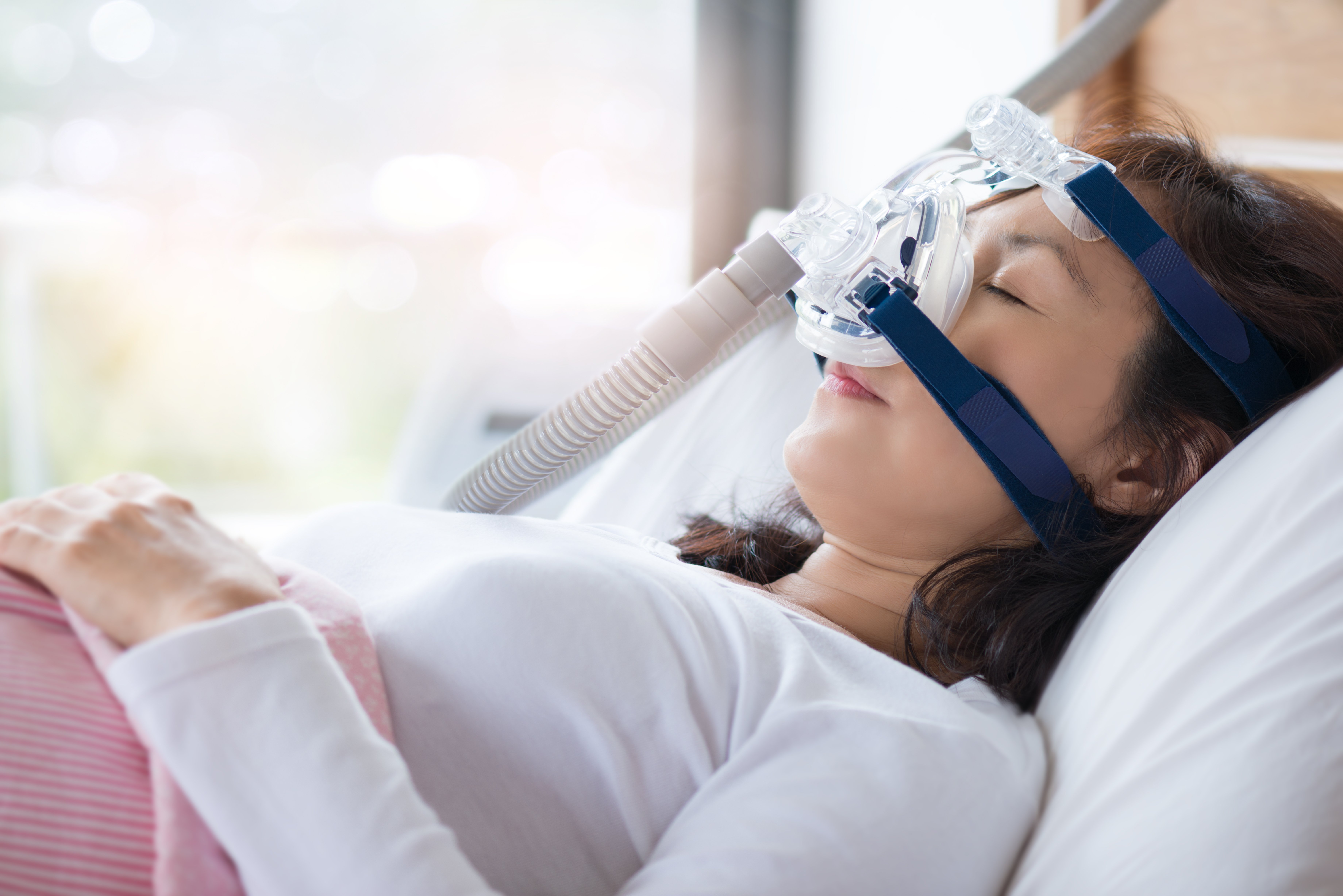
Obstructive sleep apnea (OSA) is a chronic medical condition that affects a person’s nighttime breathing. This can lead to fatigue, dry mouth, and issues with daytime wakefulness. Sleep apnea also correlates with a higher risk of serious health problems, including stroke, heart attack, respiratory disease, pneumonia, and premature death.
Airway management for sleep apnea patients focuses on helping them breathe better at night, thereby reducing their risk of serious compilations. However, surgical patients with OSA may present with difficult airways, and sleep apnea may complicate surgical recovery. Here’s what you need to know about airway management for patients with sleep apnea.
Managing Sleep Apnea Patients Before Surgery
In presurgical consultations, it’s important to ask patients about any history of sleep apnea, as well as how well that sleep apnea has been managed. Patients should bring any devices they use with them to their hospital stay, and providers should consult with the doctor treating the sleep apnea. Ask about the previous use of anesthesia, including any history of anesthesia or postsurgical complications.
Some strategies that can ensure quality care for sleep apnea patients include:
- Assessing the airway before intubating and planning accordingly
- Choosing the provider who is the most skilled at working with difficult airways
- Avoiding stigma; do not treat sleep apnea patients as an annoyance or inconvenience, and never make patients feel judged for their weight, which may cause them to avoid medical care in the future
- Evaluating a patient’s risk of apnea-related events prior to surgery
- Providing appropriate monitoring after surgery
- Using continuous positive airway pressure (CPAP) machines postoperatively to reduce the risk of desaturation and apnea events
Perioperative Sleep Apnea Airway Complications
A history of sleep apnea increases the risk of a difficult airway. In a study of sleep apnea, patients undergoing general anesthesia before surgery, 43% were classified as Cormack-Lehane grade 1, with another 43% classified as grade 2. Fourteen percent were grade 3. This indicates a higher rate of potentially difficult airways than in the general population.
The study showed that 27% experienced apnea or events of desaturation in the postanesthesia care unit (PACU), confirming the link between sleep apnea and a higher rate of anesthesia-related airway difficulties. Sleep apnea patients also required longer stays in the PACU on average, as well as more hospital resources.
The Importance of Discharge Planning
Sleep apnea correlates with a higher body mass index (BMI), which means that for many patients, losing weight may reduce sleep apnea symptoms. Providers should consult with patients about their postsurgical sleep apnea treatment options, including lifestyle changes to support a healthy weight and better sleep apnea management. Advise patients to continue using their CPAP machine or other sleep apnea equipment.
Patients who are newly diagnosed with sleep apnea or who are not treating it at home need follow-up care. Most will need a CPAP machine, but laser surgery and oral appliances to protect the airway may also help. Emphasize to these patients that proper management of their condition may improve their recovery and reduce the need for additional future medical interventions.
Choosing the Right Equipment
Sleep apnea is mostly benign, but in the perioperative setting, it can lead to serious emergencies and make anesthesia more complicated. Left untreated, it can put a patient at higher risk of serious and life-threatening medical conditions. The ability to quickly respond to emergencies can save a patient’s life and may reduce unnecessary reliance on scarce medical resources.
Portable emergency suction eliminates the need to move a patient or gain access to a treatment room. For help selecting the right machine for your organization, download our free guide, The Ultimate Guide to Purchasing a Portable Emergency Suction Device.
Editor's Note: This blog was originally published in January 2021. It has been re-published with additional up to date content.
















